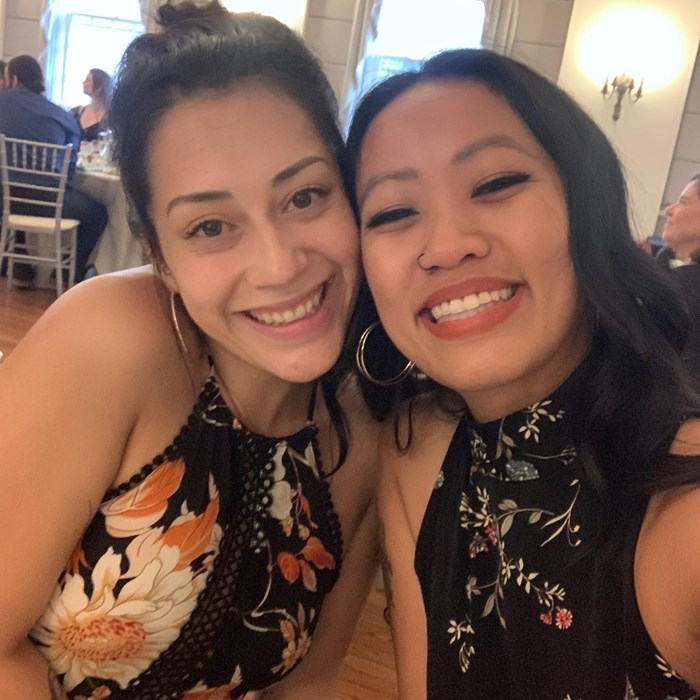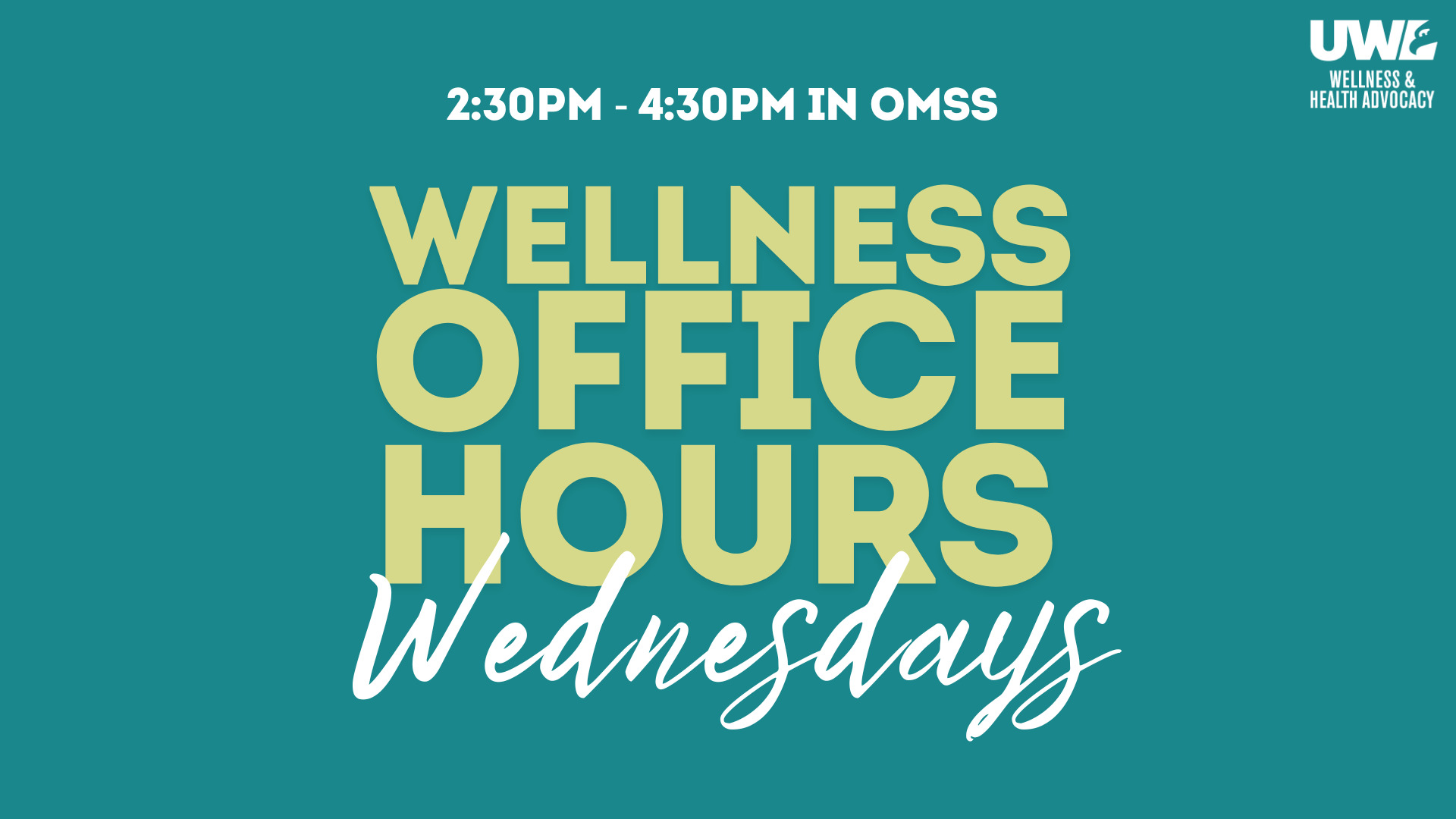About Asian American & Pacific Islander Heritage Month
Asian American & Pacific Islander Heritage Month began in 1977 as a small, 10-day celebration in May, and transformed into a month-long observance in 1990. The month commemorates the resilience, legacy, traditions and cultures of Asians, Asian Americans, Native Hawaiians and Pacific Islanders across the United States.
A broad term, Asian/Pacific encompasses all of the Asian continent and the Pacific islands of Melanesia (New Guinea, New Caledonia, Vanuatu, Fiji and the Solomon Islands), Micronesia (Marianas, Guam, Wake Island, Palau, Marshall Islands, Kiribati, Nauru and the Federated States of Micronesia) and Polynesia (New Zealand, Hawaiian Islands, Rotuma, Midway Islands, Samoa, American Samoa, Tonga, Tuvalu, Cook Islands, French Polynesia and Easter Island).
The month of May was chosen to commemorate the immigration of the first Japanese to the United States on May 7, 1843, and to mark the anniversary of the completion of the transcontinental railroad on May 10, 1869. The majority of the workers who laid the tracks were Chinese immigrants.
Sources: asianpacificheritage.gov. and Harvard.edu
















